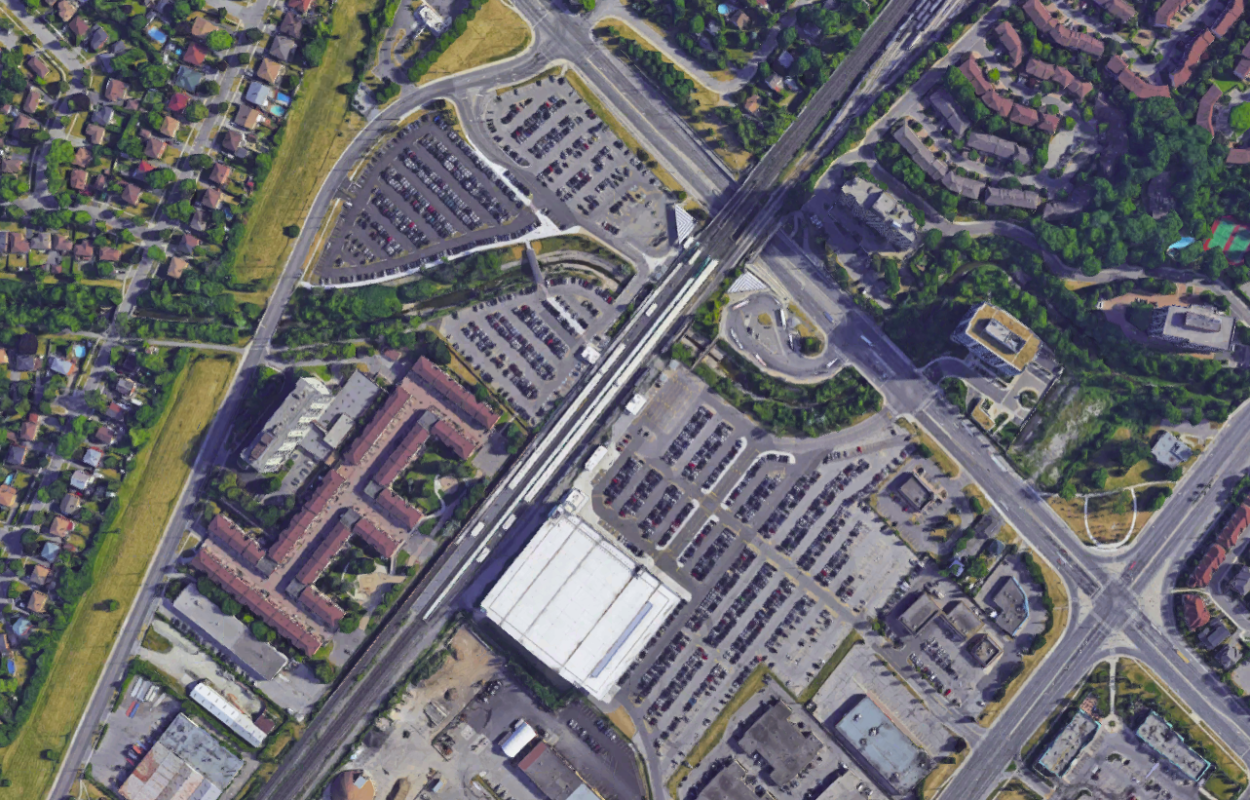
On January 15th, the Province of Ontario announced proposed changes to the Growth Plan for the Greater Golden Horseshoe. The revisions were proposed following consultation in fall 2018, with members of the municipal and development sectors. According to the Province, the purpose of this policy change is to create a more flexible and streamlined development process, open up land for housing, increase the supply of housing and jobs near transit and allow municipalities greater local autonomy and flexibility.1 However, in our view these changes could lead to increased urban sprawl and car-dependency across the region, which is in direct contrast to the original purpose of the Growth Plan.
What is the Growth Plan?
The Growth Plan covers the Golden Horseshoe region, from Peterborough to Niagara to Kitchener-Waterloo, with over 9 million residents. The Plan provides a long-term framework that “informs decision making regarding growth management and environmental protections in the Greater Golden Horseshoe.” 2 According to the Planning Act, municipal Official Plans must conform with the Growth Plan. The Plan includes density targets and urban growth boundaries that encourage the building of compact and complete communities. The original intent of the 2017 Growth Plan was to manage growth by encouraging the development of affordable housing options, improving and increasing transportation options while reducing congestion, focusing investments in downtown areas, protecting agricultural and natural areas, and promoting economic growth. 2
Increasing Car-Dependency
The proposed amendment to the Growth Plan is likely to lead to increased urban sprawl and car-dependency through two major changes:
First, the proposed revisions create weaker density targets for new development in greenfield areas. The previous density target for greenfields was 80 people or jobs per hectare, and the new targets now range from 40 to 60 per hectare. A greenfield development with 80 people or jobs per hectare typically includes a mix of housing types, and enough density to support mixed uses and a compact, complete community. In contrast, the lower density targets will encourage the development of typical suburban land use patterns and contribute to car-dependent urban sprawl.
Second, there are proposed revisions that will make it easier for municipalities to create lower densities in transit areas. The proposed revisions will expand the density radius around transit station areas from 500 to 800 metres. To put this in perspective, 800 metres is roughly equal to a 10-minute walk. In theory, this could lead to an increased opportunity for municipalities to add more multi-unit housing within walking distance to transit stations. However, the revisions also allow municipalities to request lower density targets in transit station areas. This would make it easier for municipalities to build car-oriented transit stations, encouraging more car trips and providing a disincentive for accessing transit by bike or on foot.
Weakened Environmental Language
In addition to changes in density and intensification targets, the proposed revisions to the Growth Plan weaken environmental language. The revisions remove concrete commitments to create “net-zero” or “low carbon” communities. In their place is language about creating “environmentally sustainable” communities. Also removed is the call for a development approach that supports “a clean and healthy environment” and “social equity”. In its place is an “approach that puts people first”. These changes are subtle, but they weaken language that supports environmental and social justice.
Complete Communities Remain a Priority
The proposed amendment retains an emphasis on complete communities and Complete Streets, as introduced in the 2017 update to the Growth Plan. Language supporting the development of complete communities, Complete Streets and active transportation is still included in the 2019 proposed revisions to the Growth Plan.
Read TCAT’s formal response to the proposed changes here.
The Province is accepting comments until February 28, 2019.
